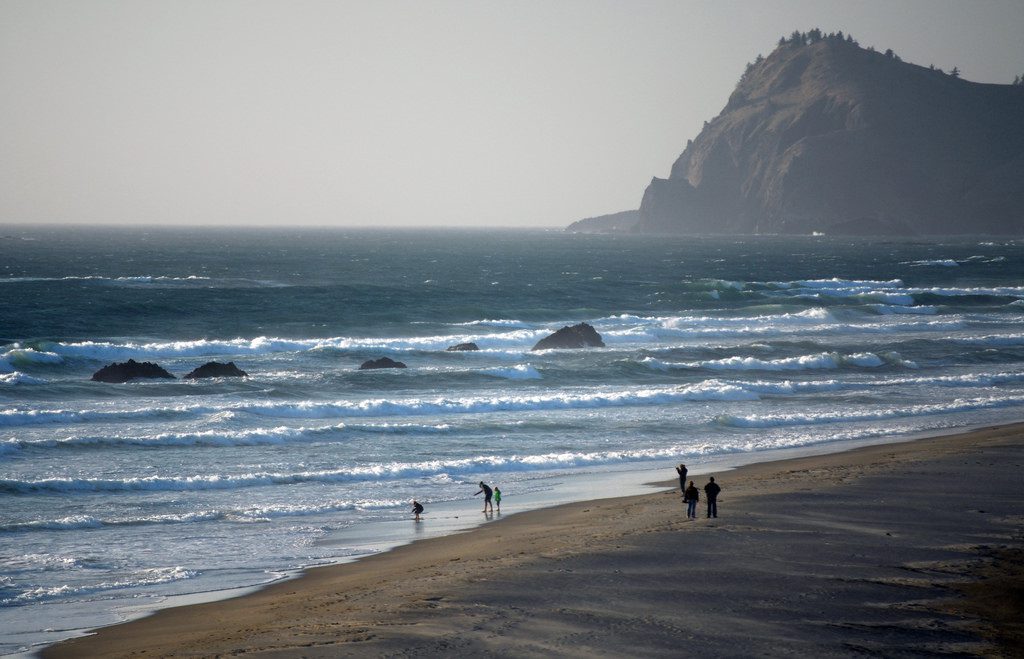Month: January 2021
Before It Was a Land of Beach Vacation Rentals: Lincoln City’s History
Posted on 01/25/2021 in Beach Rentals.
Today the Oregon coast is a vacation wonderland filled with fabulous beach house rentals. Lincoln City, Oregon, and other coastal towns also make wonderful places to live for those who prefer a more relaxing pace of life in a scenic environment marked by stunning beaches, crashing waves, and inland wonders including lakes and rivers. This beautiful part of the world is more than just a nice place to live and visit, though. Lincoln City has a rich cultural history, from the basket-weaving of the First Peoples to the Japanese-inspired glass blowing that is integral to today’s tourism trade. So, how did Lincoln City and the surrounding areas become a hub for art, culture, and tourism? The following should explain the key points in history that made Lincoln City what it is today.

The Early Days
Long before anyone even dreamed of building beach vacation rentals, Lincoln City and County was occupied by what is now known as the Confederated Tribes of Siletz Indians. The first European explorers traveled through the area in the 1500s and many more came from England, France, Portugal, and Spain in search of the area’s rich resources over the decades. It wasn’t until the 1700s that European explorers first documented contact with local Native American tribes, though, when Captain Robert Gray’s first mate recorded an encounter with two men in a canoe. By 1837, the undeveloped coastal area would see its first tourists, when two prominent couples traveled on horseback with a guide from the Willamette Valley to the Oceanlake area to enjoy a belated honeymoon where they camped in a grove of trees and prepared clam and fish bakes. It would be many more years before it became a tourist destination, though. The area would become part of the Coast Reservation and then the Siletz Reservation in the 1850s before homesteaders started arriving to develop small parcels of the land in 1887. It would be at least another decade before anything resembling a town developed.
The Makings of Lincoln City
The first town in what is now Lincoln County was known as Kernville and was founded in 1896 when Daniel Kern established Kern Brothers Cannery above Coyote Rock on the Siletz River. The area also quickly became a popular destination and place to live for fishermen, just as it continues to be today, though overfishing during those early days necessitated a ban on net fishing in 1935. The next big industry to develop in the area was logging, which flourished during WWI when the local Sitka spruce was found to be a perfect material for airplanes. It was also around this time that Japanese fishing boats started using glass floats for their nets, which washed ashore on the Oregon Coast for many decades, even after they were no longer in use. Now one of Lincoln City’s claims to fame is its glass floats on the beach, which are hidden by “float fairies” for visitors to find periodically throughout a typical year, a tradition that started shortly before the new millennium.
Tourism is now the main trade in the area that brings many guests to vacation homes and beach condo rentals. Lincoln City may not be able to welcome guests from far afield right now, but the beaches are still a stunning treat for local visitors to enjoy and we look forward to welcoming visitors from around the world once again very soon.

